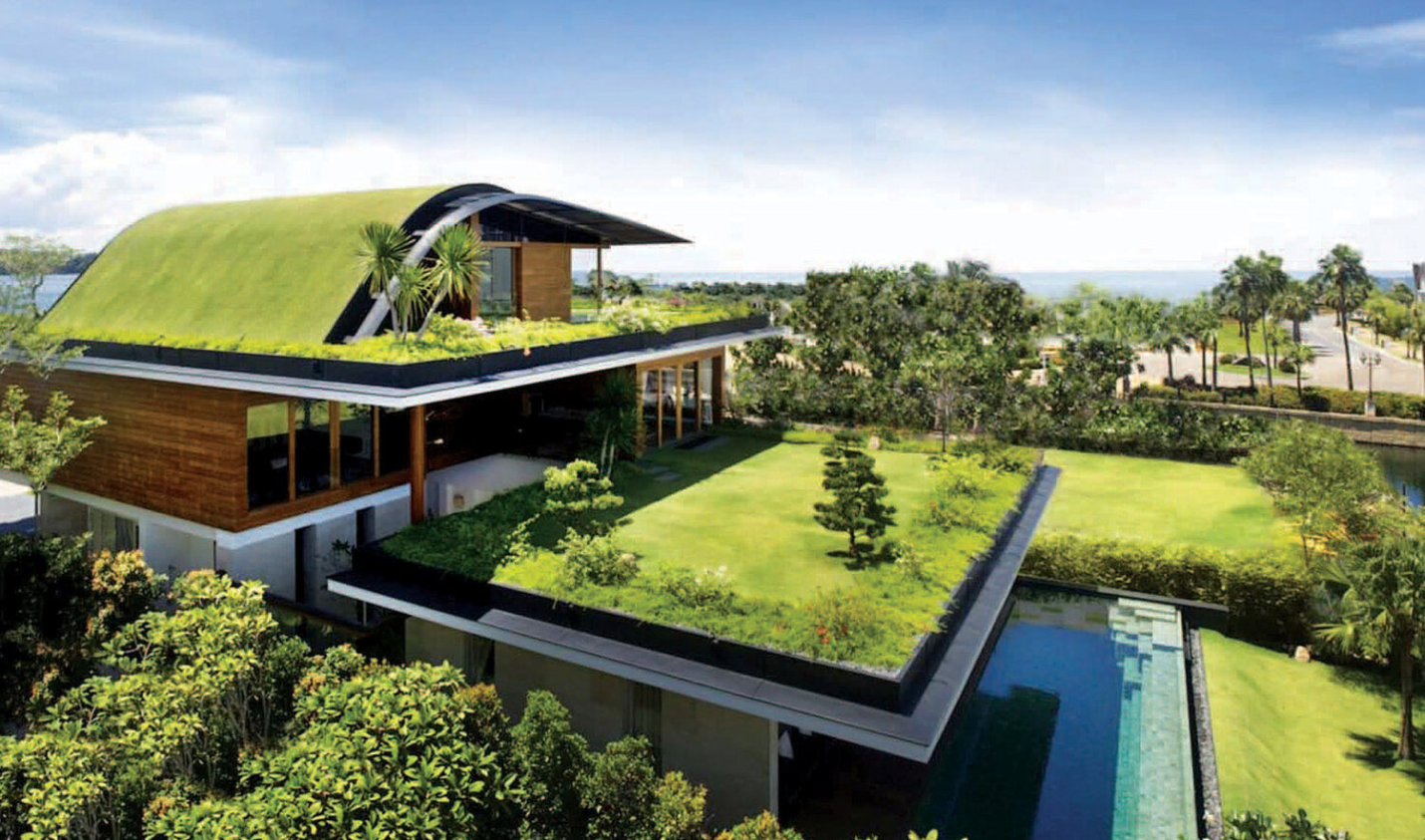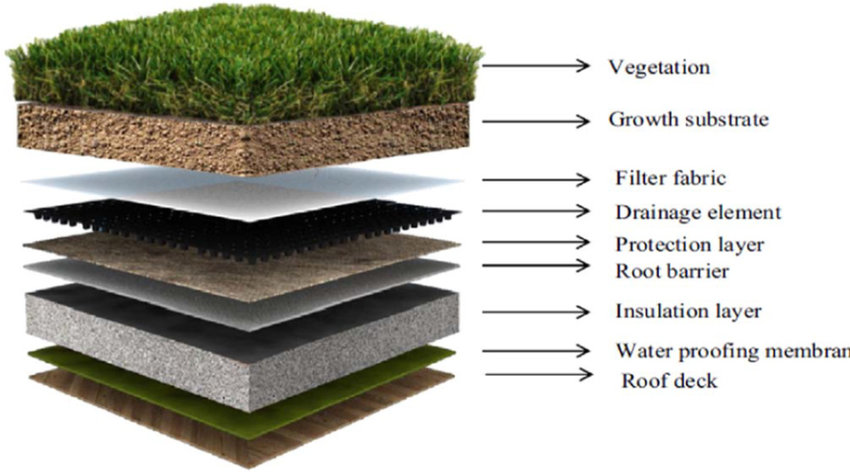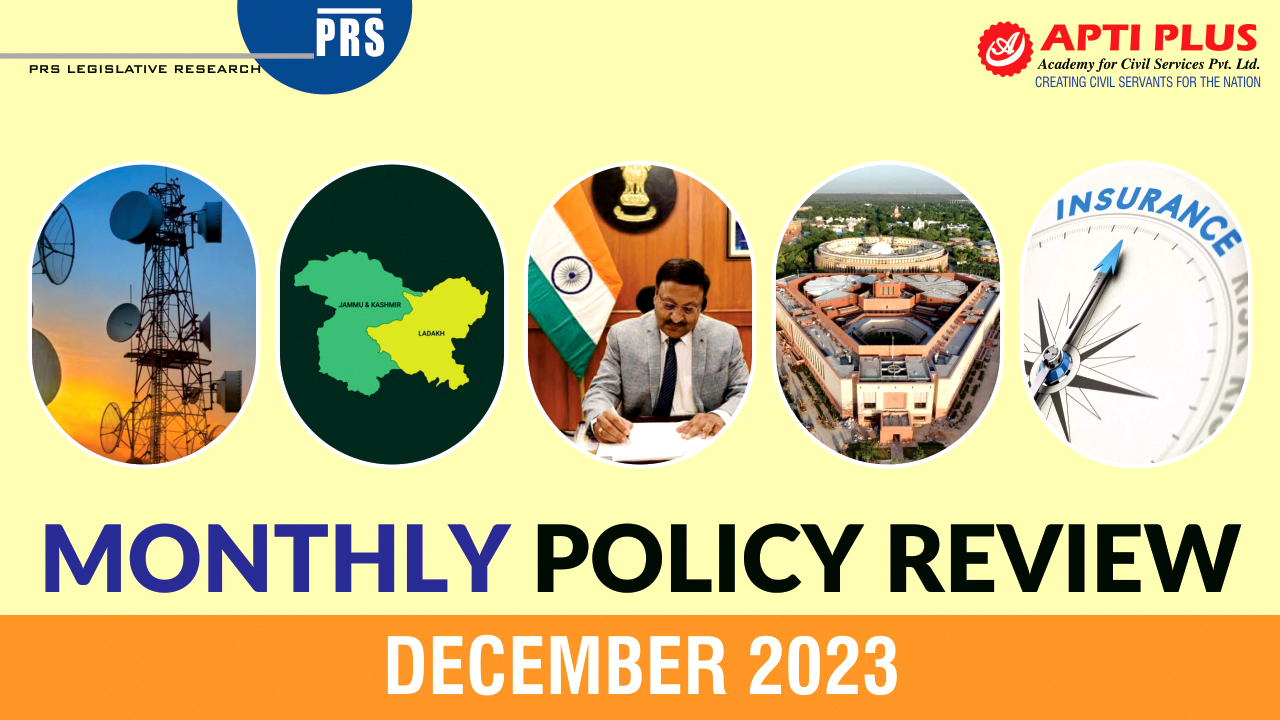Description

Copyright infringement not intended
Picture Courtesy: https://cgbg.org/blog/whatisagreenroof
Context: A recent study investigated the potential of enhancing green roof soil with native mycorrhizal fungi to improve their long-term sustainability.
Green Roofs
- Green roofs, once hailed for their potential in addressing climate change, mitigating urban heat islands, and providing habitat for biodiversity, often face diminishing effectiveness over time. This occurs particularly when non-native plants are used in sterile soils.
- A recent study offers insights into enhancing the sustainability of green roofs through active management of soil microbes, specifically by inoculating with native mycorrhizal fungi.

Importance of Mycorrhizal Fungi
- Inoculating green roof soil with native mycorrhizal fungi can accelerate soil development and foster a more diverse microbial community. It has several benefits:
- Improved Plant Growth: Mycorrhizal fungi facilitate better nutrient and water uptake, enhancing plant growth and resilience.
- Enhanced Climate Resilience: Healthy urban ecosystems on green roofs can contribute to climate resilience and mitigate heat island effects.
- Increased Biodiversity: Green roofs provide habitat for various organisms, supporting biodiversity, including pollinators and wildlife.
Study Findings
- Experimental Setup: Researchers conducted a comparative analysis between inoculated and untreated soil on an experimental green roof.
- Diverse Fungal Community: Inoculated soil exhibited a more diverse and resilient fungal community.
- Better Plant Growth: The diversity and resilience of the fungal community in the inoculated soil contributed to enhanced plant growth.
- Tracking Fungal Sources: Fungal species on the green roof originated from various sources, with some coming from the inoculum and others arriving through wind or other vectors.

Implications
- Active Soil Microbe Management: The study suggests actively managing soil microbes on green roofs, emphasizing their importance in the design and maintenance processes.
- Beyond "Set it and Forget it": Highlighting the necessity to move beyond a passive approach to green roof development. The study emphasizes the adoption of ecological principles for long-term sustainability.
- Cities as Microcosms: Cities can serve as microcosms for studying the impacts of climate change and exploring innovative solutions like green roofs. This approach recognizes urban areas as valuable environments for understanding broader ecological dynamics.
|
These implications underscore the potential benefits of proactive soil management, sustainable practices, and the role of urban environments in addressing climate change challenges through solutions like green roofs.
|
Conclusion
- This study provides promising evidence that incorporating mycorrhizal fungi into green roof design can significantly enhance their effectiveness. It highlights the potential for building more resilient and sustainable urban environments by actively managing soil microbes, moving beyond a "set it and forget it" mentality in green roof development.
|
PRACTICE QUESTION
Q. How can urban forestry initiatives be designed to ensure equitable distribution of environmental and social benefits across diverse communities, considering potential challenges like gentrification and unequal access to green spaces?
|
















